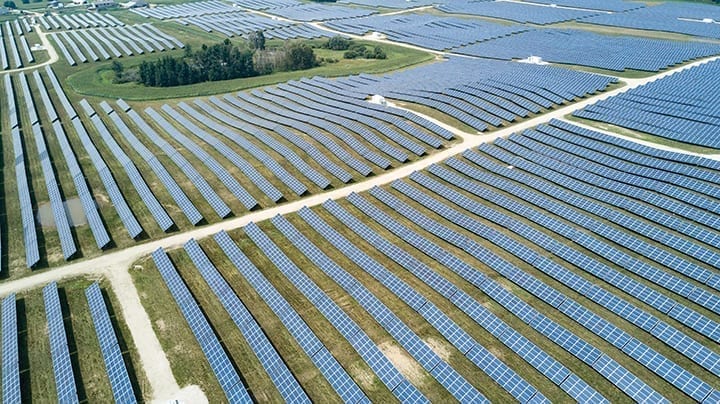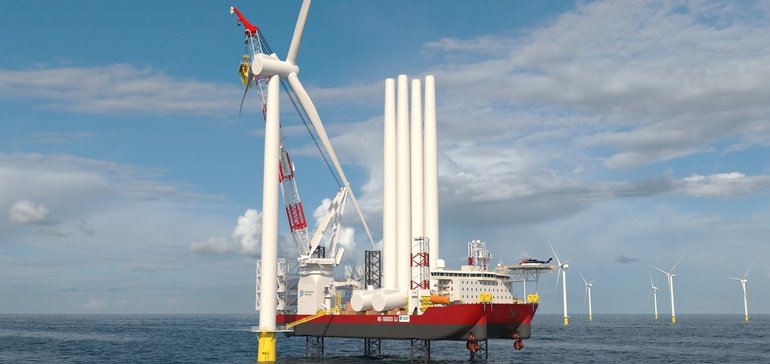StarTribune – Minnesota utility regulators Thursday slapped Xcel Energy with a rare $1 million fine for a bevy of complaints over delays in connecting solar projects to the electricity grid.
Almost all of the roughly 120 complaints were filed by St. Paul-based All Energy Solar in 2019. A solar trade group said All Energy’s grievances reflect longstanding and costly interconnection problems with Xcel for the entire industry.
Minneapolis-based Xcel, the state’s largest electric utility, has acknowledged shortcomings. But it argues that the big batch of complaints should be rolled into one.
The Minnesota Public Utilities Commission (PUC) unanimously disagreed with Xcel’s assertion but split on whether to immediately hit Xcel with the $1 million fine.






